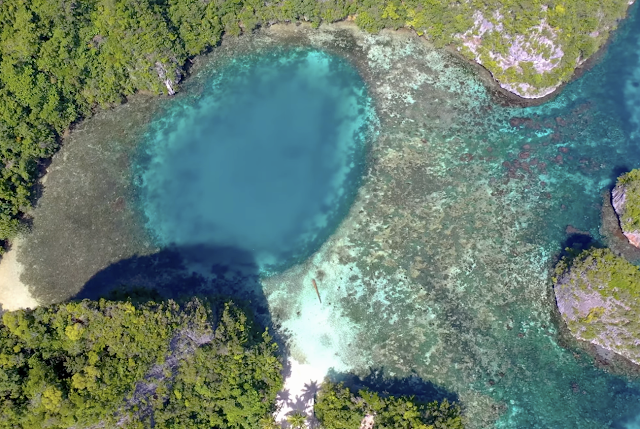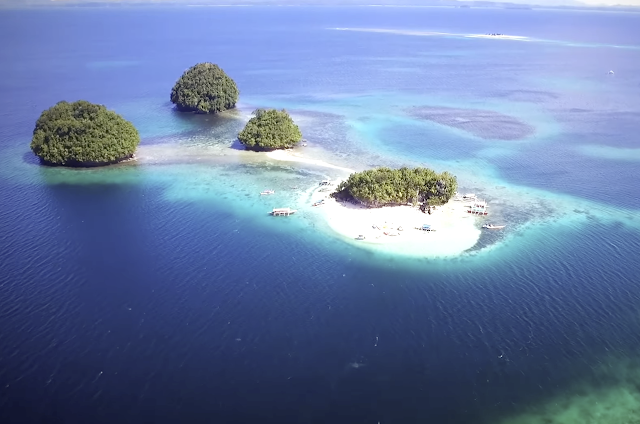Alegria is a charming coastal town in the northern part of Surigao del Norte province in the Philippines. It is known for its stunning beaches, pristine waters, and warm and welcoming locals. It is an agricultural municipality whose main crops are rice, corn, and coconuts. However, Tagvina is also endowed with natural resources such as minerals, forests, and marine resources that contribute to the economy of the city.
Mining plays an important role in Tagvina's economy. Several mining companies operate in the city, including Taganito Mining Corporation, one of the largest mining companies in the region. Mining provides employment opportunities for local people and income for the city government.
In addition to mining, the agricultural sector also makes an important contribution to Tagvina's economy. The city is known for its high-quality rice, which is an important source of income for farmers. The coconut industry is also thriving in Tagvina, with coconut oil and copra being the main products.
The marine industry also contributes significantly to Tagvina's economy. The city has several fishing villages engaged in commercial fishing and aquaculture. The city has abundant marine resources such as fish, crabs, and shellfish, which provide employment opportunities for local residents and contribute to the city's income.
In terms of infrastructure, Tagvina has several ongoing projects, including the construction of a new town hall, marketplace, and park. These projects aim to improve city facilities and better serve locals and visitors.
Tourism is also a growing industry in Tagvina. The city's natural wonders, such as cool springs and beaches, attract tourists from different parts of the country. Local governments promote ecotourism and sustainable tourism practices to protect the city's natural resources and promote responsible tourism.
Here are some of the things that make Alegria a must-visit destination in Surigao del Norte;
Cueva de Oro, also known as the Cave of Gold, is a natural cave in Alegria, known for its stunning rock formations and fascinating history, it is one of the city`s main attractions. The cave's name, Cueva de Oro, comes from a local legend that it contains hidden treasures of gold and other precious metals. Visitors can explore the interior of the cave on guided tours that last approximately 30 minutes to an hour.
It's stunning rock formations and fascinating history make it an exciting and educational experience for visitors. The legend of the cave with its hidden treasures of gold and other precious metals adds to its allure, making it a must-see cave in Surigao del Norte.
For history buffs, Alegria is home to its beautiful 19th-century church, Santa Monica Church. A great place to take photos and learn about the city's rich history. In terms of cuisine, Alegria offers a range of regional dishes that are not to be missed. Don't forget to try the 'Lato Salad' with seaweed, tomatoes, and onions, and the 'Kinirou', a dish of raw fish soaked in vinegar and spices.
Finally, Alegria locals are known for their hospitality and warm welcome. A great opportunity to immerse yourself in the local culture and learn about their way of life.
In summary, Alegria is a hidden gem in Surigao del Norte that offers visitors a unique and authentic experience. With its stunning beaches, natural wonders, rich history, and warm and welcoming locals, Alegria is a must for anyone looking for a quiet and relaxing getaway from the city.






